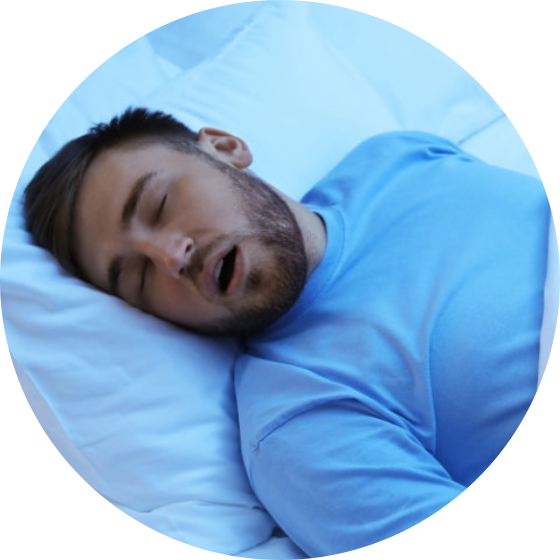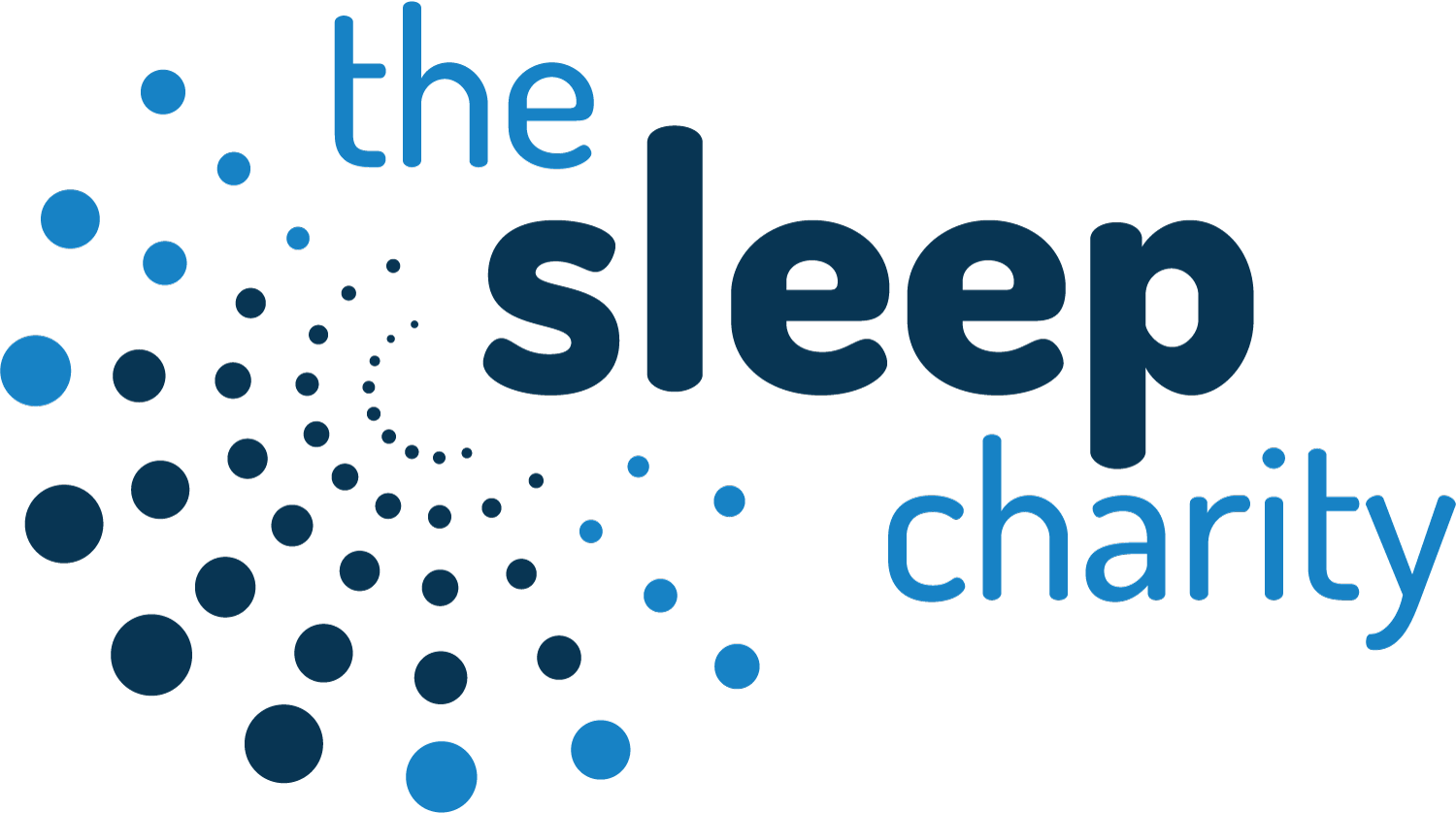Sleep Apnoea
Last updated: December 2021
Home > Information & Support > Adults > Sleep Disorders >Sleep apnoea (also spelt apnea) is a serious sleep disorder that occurs when a person’s breathing is interrupted during sleep.
It can affect anyone at any age including children.
Risk factors include:
- Being male
- Being overweight
- Being over age 40
- Having a large neck size
- Having large tonsils, a large tongue, or a small jaw bone
- Drinking alcohol and smoking
- Having a family history of sleep apnoea
- Gastroesophageal reflux, or GERD
- Nasal congestion

There are two main types of sleep apnoea:
Obstructive Sleep Apnoea (OSA)
This is the most common of the apnoea’s and is caused by physical obstructions (large tonsils and/or adenoids, large tongue, floppy soft palate etc) which mean the airways become blocked and leads to regularly interrupted sleep.
Central Sleep Apnoea (CSA)
It is not as common as OSA and instead of the airway becoming blocked, the brain fails to signal the muscles to breathe due to instability in the respiratory control centre.
Common symptoms include:
- Waking up with a very sore or dry throat
- Loud snoring
- Occasionally waking up with a choking or gasping sensation
- Excessive sleepiness or lack of energy during the day
- Sleepiness while driving
- Morning headaches
- Restless sleep
- Forgetfulness, mood changes, and a decreased interest in sex
- Recurrent awakenings or insomnia
If left untreated, sleep apnoea can have a significant impact on quality of life and health, increasing the risk of developing of certain conditions such as high blood pressure and type 2 diabetes.
If you’re experiencing any of the symptoms, visit your GP who can refer you for a sleep apnoea test. Treatment for OSA can include lifestyle changes (ie weight loss, quitting smoking, avoiding alcohol), use of mandibular advancement devices or CPAP machines.
For more information about causes, diagnosis and treatment, visit Hope2Sleep.
